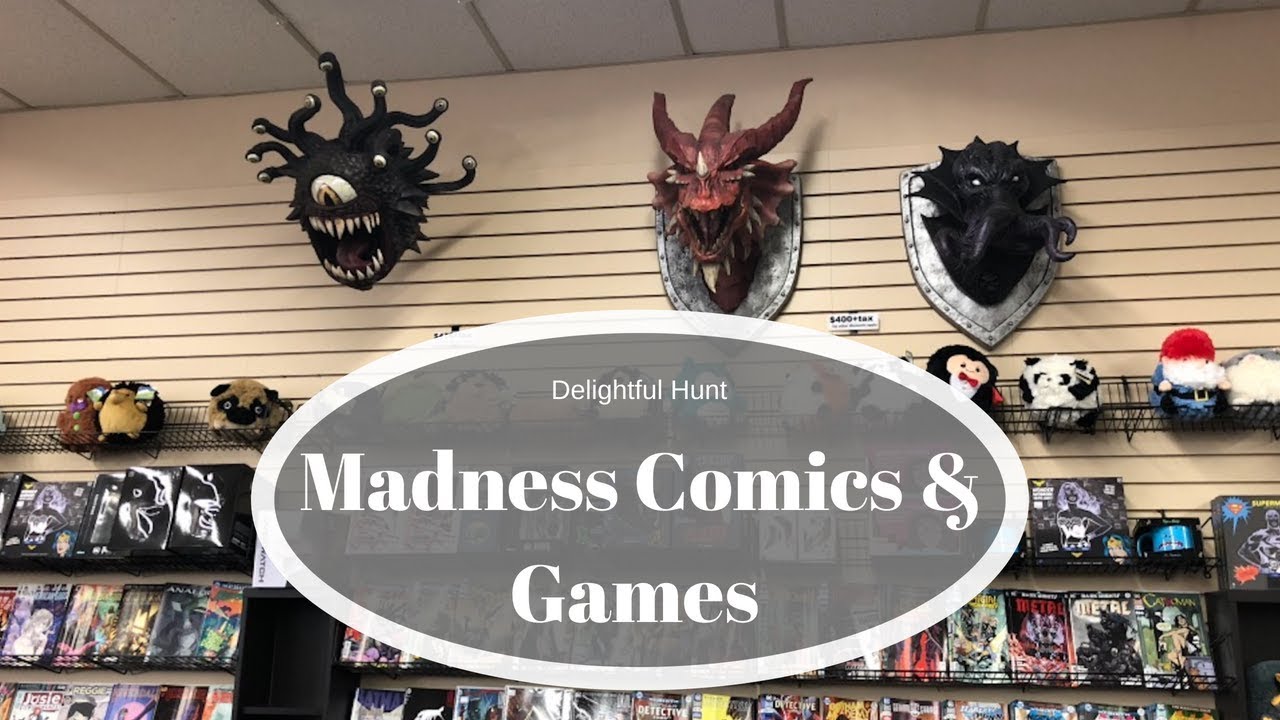
Apply Now


Mastering Punch Reactions in Comics for Impactful Storytelling
Creating compelling punch reactions in comics is essential for engaging readers and conveying emotional intensity. Whether in superhero fights or comedic scenarios, the effectiveness of punch reactions affects the story's emotional and visual impact. Over the years, the portrayal of punches has evolved, reflecting changes in artistic style, narrative techniques, and audience expectations. In this article, we will explore various methods of depicting punch reactions, delve into the intricacies of visual storytelling, and examine the significance of sound effects and character dynamics. Comic book art, often celebrating the vibrant and exaggerated, relies heavily on portraying movement and impact. Punch reactions are more than just physical responses; they encapsulate emotional responses, tensions, and character motivations, creating an immersive reading experience. By incorporating dynamic poses, motion lines, and expressive facial features, artists can enhance the drama of fighting scenes and elevate visual storytelling. This guide will focus on key elements of comic punch effects, their execution, and the exploration of humor and emotional storytelling through punches. We will also discuss the use of various artistic techniques to ensure that each punch leaves a lasting impact, guiding readers through the multifaceted world of comic book compositions.Essential Techniques for Portraying Comic Punch Reactions
Building on the fundamentals of graphic storytelling, the portrayal of punch reactions can significantly influence reader engagement. Effective techniques include exaggeration in art, the use of kinetic energy, and visual metaphors that enhance the dynamic nature of comic book art.Exaggeration and Dynamic Poses
Exaggeration is a vital aspect of comic art, especially in action sequences. When depicting punches, artists often push the limits of physicality to produce effects that resonate visually and emotionally. Through dynamic poses, artists capture the essence of movement and power. Artists may show characters in dramatic stances, where their muscles tense up, conveying power and anticipation. This visual storytelling method allows readers to feel the punch's impact, significantly enhancing their connection to the character's struggle. A great example of this can be found in superhero comics where action is heightened, and every punch is marked by exaggerated body mechanics. The pose of the character can be matched with the expression on their face, indicating their emotional state—whether it's anger, determination, or humor. When characters react with intensity, readers feel the tension build, mirroring the experience of watching a live-action series.Kinetic Energy and Motion Lines
Kinetic energy plays a crucial role in transferring the feeling of action through comic punch effects. By utilizing motion lines around the punch or the character, artists can indicate speed and force, making the action seem more dynamic. These lines serve as visual cues, guiding the reader's eye to follow the action seamlessly. In addition, skillful use of panel design helps establish rhythm and pacing. The arrangement of panels can heighten tension, allowing readers to experience the build-up before the punch lands. An effective kinetic scene can involve elements such as "whoosh" sounds or dramatic visual contrasts to emphasize the impact of a punch. For example, when a character throws a punch, breaking the fourth wall by illustrating how the surrounding environment reacts can amplify the moment's excitement, creating a fully immersive experience for the reader.Emotional Reactions and Character Expressions
The importance of character expressions in punch sequences cannot be overstated. Characters' emotional states at the time of impact can significantly alter the reader's perception of that moment. For instance, a serious or determined expression may suggest an impactful confrontation, while a frightened or comedic face can provide comic relief. Facial expressions should complement body language, creating a cohesive portrayal of the interaction. Artists can convey complex emotions through subtle changes in eyebrow positions and mouth shapes, resulting in a richer narrative. The interplay of dialogue and imagery is another storytelling technique where emotional context heightens the narrative’s stakes and involvement. The fusion of these elements—dynamic poses, kinetic energy, and emotional depth—creates an engaging punch reaction that resonates strongly with the audience. This naturally leads us to discuss the role of sound effects and their contribution to the overall impact of punches in comic books.Integrating Sound Effects for Enhanced Impact
Sound effects are crucial for amplifying the experience of punches in comics. They add a layer of auditory imagery that enhances the visual storytelling, immersing readers further into the action sequences.Typographic Sound Design
The typography of sound effects plays a significant role in visual storytelling—they're often exaggerated, much like punches themselves. By using distinctive fonts and styles, artists can convey the intensity of each punch. For example, a punch landing might be accompanied by a bold "CRACK!" or "WHAM!" that captures the force. This kind of visual metaphoric representation enhances reader engagement, allowing them to 'hear' the action as they visualize it. Additionally, varying the size and color of the sound effect can indicate intensity. A larger, red "BANG!" conveys a more powerful impact than a smaller, blue "thud." This attention to detail can evoke different visceral reactions within readers, reinforcing the scene's dramatic qualities.Creating Immersion Through Pacing and Rhythm
Pacing is essential for ensuring that the various elements of a punch reaction work harmoniously. By controlling the speed at which readers progress through panels and actions, artists can manipulate tension and excitement effectively. Long pauses between panels or action can build anticipation, while quick transitions enhance an exhilarating sequence. Taking care to balance pacing requires understanding reader perception. By aligning the physical punch with the sound effect and the visual movement, artists create a cohesive action sequence that engages both the visual and auditory senses. Having the right flow and rhythm to the sequence makes for a more impactful experience, as emotions and actions collide.Cultural References and Comic Humor
Comic book reactions are often imbued with humor, especially in superhero comics. The integration of cultural references or punch humor serves to make the characters more relatable and engaging. Humor can arise from exaggerations or unexpected responses to punches, leading to a humorous chain reaction. These humorous elements not only entertain but also serve to deepen character development. As readers learn about character motivations through their reactions to punches—whether humorous or serious—they become more invested in their journeys. Delving into character arcs and motivations can reveal underlying themes that resonate on a deeper level, enhancing the richness of the comic book narrative.Exploring Panel Design and Layout for Action Sequences
Effective action sequences in comics heavily rely on panel design and layout, influencing how readers perceive movement and impact throughout the page.Page Layout for Optimal Flow
The arrangement of panels must be carefully considered to guide readers through the action naturally. Panel shapes and sizes can create dynamic layouts that enhance storytelling. For instance, using large, sweeping panels to depict grand punches juxtaposed with smaller panels for reactions can create a feeling of escalation. Moreover, strategic placement of panels allows for the integration of sound effects and character expressions, building a cohesive narrative. The interaction between visual elements, like background details and foreground actions, enriches the storytelling experience, allowing readers to immerse themselves fully in the scene.Using Comic Timing to Enhance Engagement
Comic timing can have a powerful effect in punch sequences. By manipulating the timing of dialogue, sound effects, and visuals, artists can capitalize on the dramatic impact of a punch. The anticipation generated before a punch lands, followed by the moment it hits, can create thrill and surprise. Visual cues such as varying panel sizes and pacing guide the reader's emotional trajectory from calm to excitement. When timed effectively, humorous reactions to punches enhance comic relief, ensuring that readers remain engaged throughout the narrative without losing the momentum of the action.Character Interactions and Dynamics
The dynamics between characters can greatly influence punch reactions and overall narrative impact. Providing context for character relationships enhances engagement during fighting scenes. A punch delivered in a tense situation can evoke stronger emotional responses when characters share a history or conflicting motivations. Conflict within panels can build upon established character arcs, providing additional depth to reactions. A well-placed punch could symbolize a turning point, a moment of liberation, or even tragedy, depending on the character dynamics at play. The interplay of these relationships becomes even more crucial as we explore comic book conventions and how they shape audience interpretation.The Role of Comic Book Conventions in Punch Reactions
Comic book conventions provide a framework within which punch reactions are perceived and interpreted. Understanding these conventions is vital for effective storytelling.Genre Specifics and Audience Expectations
Different genres dictate how punches are delivered and reacted to. In superhero comics, readers often expect exaggerated actions, while slice-of-life comics might employ subtler, more relatable reactions. Being mindful of genre conventions allows artists and writers to align their punch portrayals with audience expectations, enhancing reader immersion. Additionally, cultural representations can influence how punch reactions are generally received. Audiences from different backgrounds may interpret humor and emotion in varying ways, making it essential for creators to consider their target demographic when crafting punch scenes.Iconic Punch Moments and Their Impact
Throughout comic history, certain punch moments have achieved iconic status, influencing how future punches are portrayed. The resonance of these moments in the collective consciousness can serve as a reference point for creators, guiding their own approaches to punch reactions. Reflecting on examples from popular comics and graphic novels, such as those featuring legendary superheroes, gives context to the actions and reactions depicted. These moments exemplify the perfect synergy of art, narrative, and character engagement, where punches become symbols of resilience, struggle, or camaraderie.Adapting Visual Storytelling Techniques
Adapting successful visual storytelling techniques, including those related to punch reactions, can serve as a valuable asset for both aspiring and established comic artists. Engaging in comic book analysis, understanding audience reactions, and tapping into emotions can lead to innovation in punch portrayals. As creators integrate new artistic styles, actions, and humor dynamics, keeping the audience in mind is crucial. The balance between tradition and innovation makes for a compelling narrative that captures readers’ attention while honoring the storytelling conventions that have made comics a beloved medium.Q&A: Navigating Punch Reactions in Comics
How do I effectively use punch humor in my comic?
Punch humor can be effectively integrated by understanding character dynamics and placing characters in unexpected situations. A serious character reacting dramatically to a comically weak punch can create humor. Ensuring that the timing and panel layout work seamlessly will enhance the comedic effect.What role do sound effects play in comic action scenes?
Sound effects in comic action scenes enhance the visual impact of punches. They provide an auditory element that complements the visual, allowing readers to engage more deeply with the action. Strategic placement of sound effects alongside dynamic visuals can elevate the intensity of the scene.How can I improve my character designs for punch scenes?
When designing characters for punch scenes, consider their motivations, emotional states, and relationships with other characters. Facial expressions and body language should convey the expected reaction—a determined hero will react differently than a character who’s frightened or comic relief.Can panel layout affect the reader's experience of action sequences?
Absolutely! The layout of panels influences how readers perceive action and impact. Using varying panel sizes, shapes, and arrangements can create a sense of movement and tension that enhances the overall reader experience during punch scenes.How to balance dramatic punches and humor?
Balancing dramatic punches and humor requires careful characterization and timing. Utilizing contrasting moments—like a serious punch followed by a lighthearted reaction—can create a dynamic narrative that keeps readers engaged while providing emotional depth.
